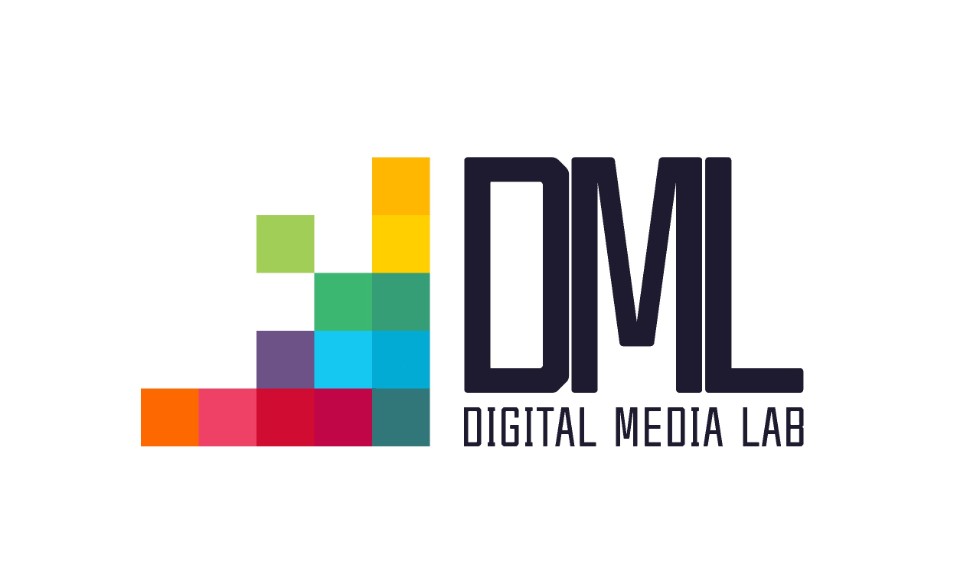Digital Media Lab
The Lab of Visualization and Game Development (Digital Media Lab or DML in brief) is a unique digital center of the Higher Institute of ITIS where both undergraduate and graduate students are trained in program tracks Software Engineering: Game Development and Software Engineering: Virtual Reality respectively.

Lab projects development:
- Computer game development
- Serious games development
- Mobile games development
- Computer graphics for game processes
- Game design development
- Character animation
- Game narration
- Node-based editor for NPC behavioral visual programming
- Problems of AI programming for the games.

- Problems of cultural heritage object reconstruction, presentation and monitoring
- Noninvasive methods of cultural heritage object examination
- Cultural and historic virtual reconstructions
- Imenkovo settlement of the VII century, near the town of Tetyushi
- Great Bolgar, XIV century
- The island town of Sviyazhsk
- Chudov and Voznesensky monasteries in Moscow Kremlin
- Visualization of Kazan University symbolism: secrets, methods, techniques
- The Volga Fur Road as a part of the Silk Road

- Different aspects of automated record keeping systems both for archeological studies and landmark condition monitoring
- Development of dynamic knowledge base for multi-factorial correlation mapping in archeological studies
- Development of effective algorithms for two-phase flaw detection of landmark frescoes in situ with the use of mobile devices equipped with the IR sensors
- Active info locality to the GIS data
- Localization of multi-factorial research in 3D landmarks
- Interactive museum expositions
- Kazan panorama – the interactive museum of the city of Kazan
- The museum of wooden architecture – the island town of Sviyazhsk
- The project of Lobachevsky museum in KFU

- Emergency, industrial and experimental process simulations
- Emergency test site
- Biotechnology virtual lab
- Node-based editor for virtual lab scenario visual programming

- Architectural concepts
- Interactive 3D projects of architectural structures
- Architectural interiors with virtual reality immersion
- 3D visualization cross-platform SaaS tools in public planning of the architectural environment
- Distributed rendering of highly realistic 3D scenes Р
- Oil deposit visualization with the use of high performance graphic suite (Paraview) and distributed computing.

- Package of virtual open surgeries
- Highly realistic manipulation of organic tissue analogues
- Problems of realistic feedback in virtual surgeries
- Problems of anthropomorphic social agent creation
- Two-phase system of emotional response rules
- Uncanny valley problem solution through the correct mimic responses and adequate emotions
- Effective training of the anthropomorphic social agent based on the realistic neuron networks
- 360о full-dome interactive movies
- “Reanimated” pictures

- Hardware-software complexes for diagnostics and rehabilitation of patients with neurological disorders
- for motor and cognitive rehabilitation
- for certain exercise repetitions
- for rehabilitation of locomotor functions and vestibular disorders
- for training precise motions combinations
- for schoolchildren testing
- Dynamic suspension simulators
- “Mauritania” level content for “KAMAZ-Dakar” car simulators
- Technologies of full immersion application development
- Other 3D-simulators

- Virtual environment immersive ability upgrade
- Use of VR helmets (HTC Vive, Oculus Rift)
- Use of visualization systems with stereoscopic effects (NettleBox)
- Use of motion capture systems (Motion Capture, Perception Neuron, Microsoft Kinect, Leap Motion)
- Use of innovative feedback means (GloveOne, Dexmo)
- Presentation system of archeological artefact demo with stereo mode support and use of non-contact navigation